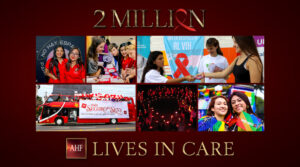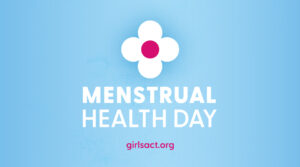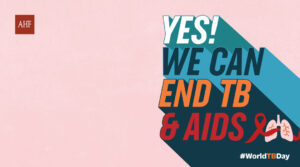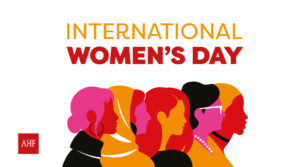Ending AIDS as a public health problem is not only a health issue, but also a political and financial choice, highlights the latest report from the Joint United Nations Program on HIV/AIDS (UNAIDS), released on past July 13.
The document, entitled “The path that puts an end to AIDS”, is the semi-annual follow-up that the organization has carried out for several years, and which in its latest editions has focused on progress towards the goal of eradicating AIDS as a problem of public health by 2030.
In addition, the report not only focuses on the response to HIV, but also highlights its relevance in humanity’s preparation and response to future pandemics and its contribution to the Sustainable Development Goals, the agency said in a press release.
Success stories
According to the report, several countries have already achieved the targets known as “95-95-95.” These include Botswana, Eswatini, Rwanda, the United Republic of Tanzania, and Zimbabwe. These targets refer to 95% of people living with HIV knowing their HIV status, 95% of people diagnosed with HIV receiving life-saving antiretroviral treatment, and 95% of people under treatment have managed to suppress the virus (reduce it to minimum concentrations in the body).
In addition, at least 16 other countries are close to reaching these targets. Eight of them are located in sub-Saharan Africa, a region where approximately 65% of all people living with HIV in the world are concentrated.
The importance of political will
The report underscores the importance of strong political leadership as a key factor in the success of the HIV response. This leadership must be based on data, science and concrete evidence, and address the inequalities that hinder progress. It must also enable communities and civil society organizations to play a vital role in the HIV response, while ensuring sufficient and sustainable funding.
The report highlights the importance of guaranteeing legal and political frameworks that protect and enable human rights. Several countries removed harmful laws in 2022 and 2023, including five nations that decriminalized same-sex sexual relations.
The fundamental role of financing
UNAIDS also notes that progress has been most evident in those countries and regions that have made significant financial investments, such as Eastern and Southern Africa, where new HIV infections have fallen by 57% since 2010.
Among the achievements highlighted in the report is support for and investment in ending AIDS among children. Thanks to these efforts, 82% of pregnant and lactating women living with HIV globally gained access to antiretroviral treatment by 2022, up from 46% in 2010. This resulted in a 58% reduction in new HIV infections. HIV in children between 2010 and 2022, reaching the lowest level since the 1980s.
However, the document warns that achieving the end of AIDS will require more efforts, since during 2022 one person died every minute due to this syndrome. In addition, approximately 9.2 million people still do not have access to treatment, including 660,000 children living with HIV.
Notably, funding to respond to HIV decreased in 2022, both from international and domestic sources, returning to the same level as in 2013. In total, $20.8 billion was allocated in 2022, well below the $29.3 billion needed by 2025.
Ending inequalities, a necessary step
Women and girls remain the groups most affected by HIV, especially in sub-Saharan Africa, where 4,000 young men and girls contracted the virus every week in 2022. Furthermore, only 42% of districts with high HIV incidence in this region are currently covered by specific HIV prevention programs for adolescent girls and young women.
Globally, almost a quarter (23%) of new HIV infections occurred in Asia and the Pacific, where infection rates are rising alarmingly in some countries. The same is true in Eastern Europe and Central Asia, up 49% since 2010, and in the Middle East and North Africa, up 61% over the same period.
These trends are largely attributed to the lack of HIV prevention services for key and marginalized population groups, as well as barriers imposed by punitive laws and societal discrimination.
The report concludes with a message of hope, highlighting the opportunity for success that still exists by increasing political will and investing in a sustainable, evidence-based response to HIV, gender equality and community empowerment.
Remember that at AHF Latin America and the Caribbean we work every day to bring HIV services to as many people as possible. If you want to get a free HIV test or need to get condoms, we have them here at no cost to you. Locate our offices in your country and make an appointment now.






